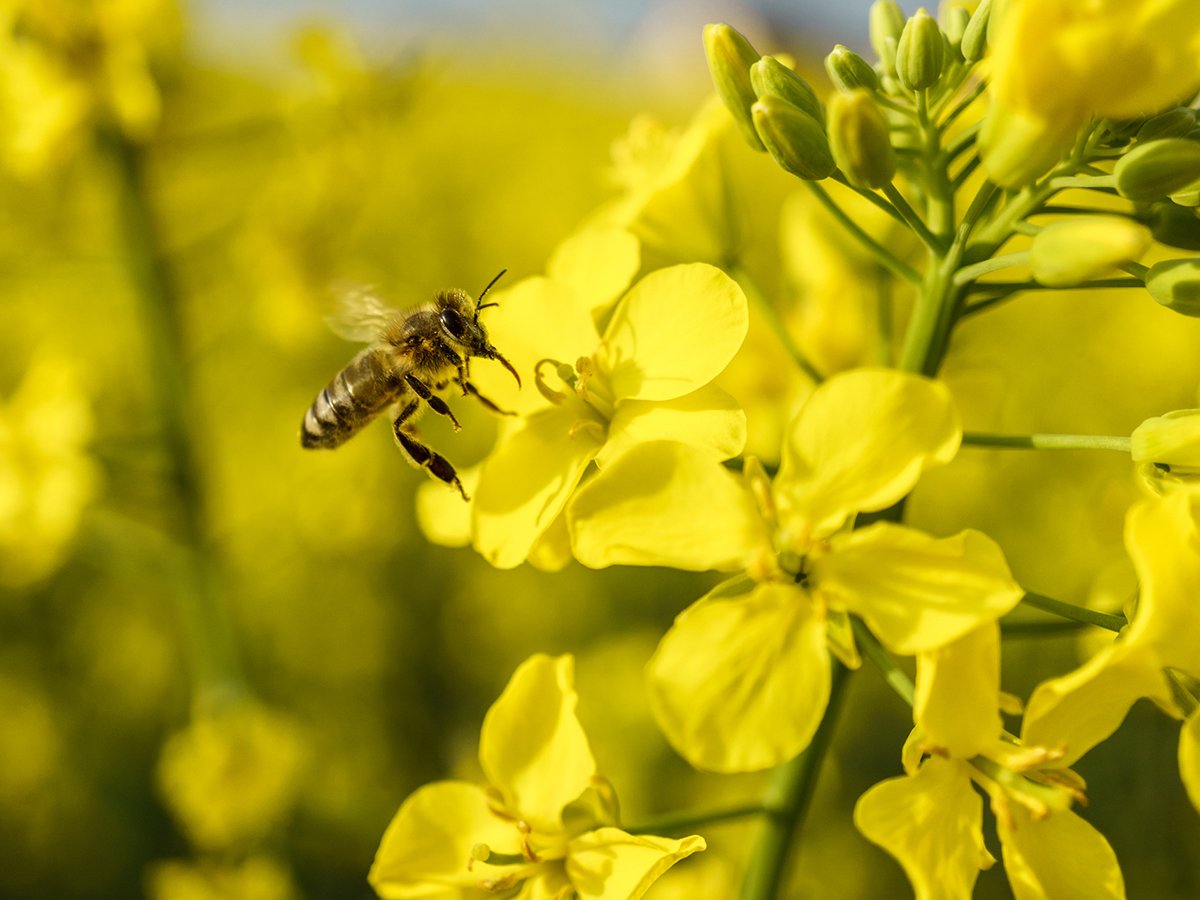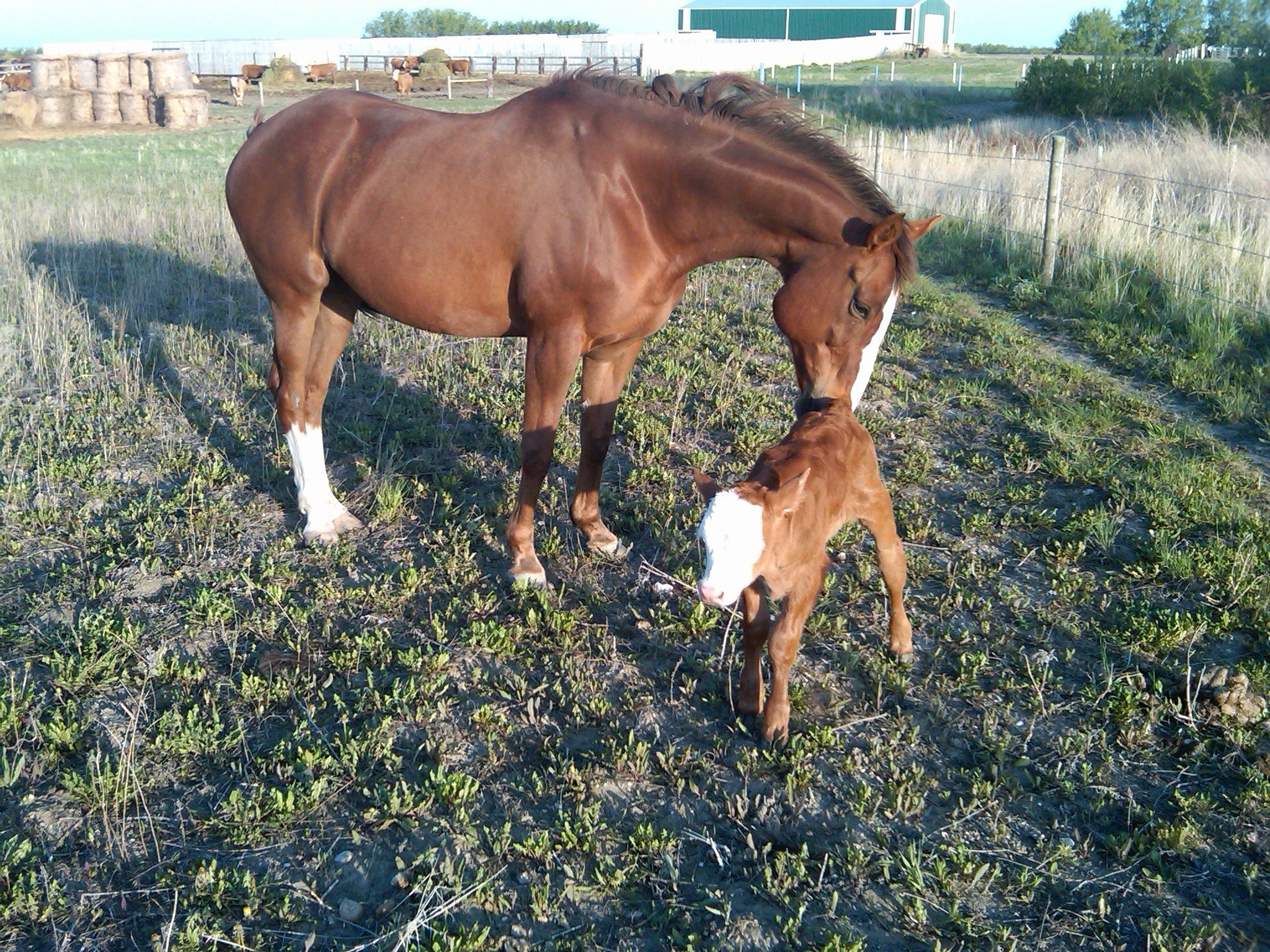The time is long past when farmers and ranchers could write off act-ivists working against animal agriculture as members of the lunatic fringe.
Livestock producers today have largely acknowledged threats to their livelihood and ability to contribute to the food supply. Now action must follow that acknowledgement.
Recent announcements by fast food companies and grocery stores show that farmer and rancher assurances to “trust us” in matters of animal handling are no longer enough to satisfy consumers who think farm animal care should be similar to pet care.
Read Also

Invigor Gold variety viewed as threat to condiment mustard
Invigor Gold, the canola-quality mustard developed by BASF, is on a collision course with Canada’s condiment mustard industry. It’s difficult to see how the two can co-exist.
That’s not a criticism of either livestock producers’ defence or consumers’ opinions. It’s simply the new reality. And it means that producers have to engage the public in conversation about animal agriculture at every possible opportunity.
Think back to news coverage about McDonald’s, Wendy’s and Burger King announcements to seek pork from farms that don’t use gestation stalls.
Did it include information about the advantages of these stalls?
Did producers too easily cede ground to companies that make decisions based on market share and public relations rather than animal care and welfare?
U.S.-based animal agriculture advocates Kevin Murphy and Mike Smith think the livestock industry is wrongly giving up its social licence to produce food.
“The day that gestation crates and battery cages disappear from barns will be only the beginning,” they wrote on the Truth in Food website. “The attack will only pivot to the next question of morality deemed unacceptably old-fashioned by HSUS (Humane Society of the United States) and its moral allies.”
Murphy and Smith also criticize agriculture’s reliance on science to explain and defend production practices, saying many consumers are scientifically illiterate and not interested in being educated.
Telling people to educate themselves only alienates them by trivializing their thoughts and opinions.
However, science cannot and should not be ignored in any discussion about livestock production and animal welfare. New codes of practice for livestock are vital to agriculture’s ability to explain its practices and hold producers to account should they fail to provide adequate care.
The content of these codes should be widely publicized, in plain language, and producers must be able to comply with and explain them.
It is easy for any of us to become confused by conflicting information and misinformation. Science is the basis of animal agriculture, but on its own it won’t sway consumer opinion that’s based on the latest animal abuse video or “wellness” ads that say brown eggs from free-range hens are healthier.
The discussion about animal agriculture has shifted to morals and values. The New York Times recently ran an essay contest on “why it is ethical to eat meat.”
The question wouldn’t have been asked 50 years ago, when people were more closely associated with food sources and familiar with agricultural practices. The NYT contest was widely criticized, but it showed the depth of emotion that now surrounds consumer attitudes toward animal agriculture.
So what is the appropriate livestock producer response to it all? It’s talk. It’s action. It’s engaging people in conversation, through social media and in print. There are physical, economic, moral and ethical reasons to produce meat and eat meat. Producers need to think about those reasons and then be prepared to explain them. Any time. All the time.
“If you’re not at the table, you’re part of the meal,” says John Maaskant, former chair of Ontario Farm Animal Council.
“If we don’t deal with this threat, this problem, this difficulty, our livelihoods are at stake. So it’s not like we have a choice here.”
















